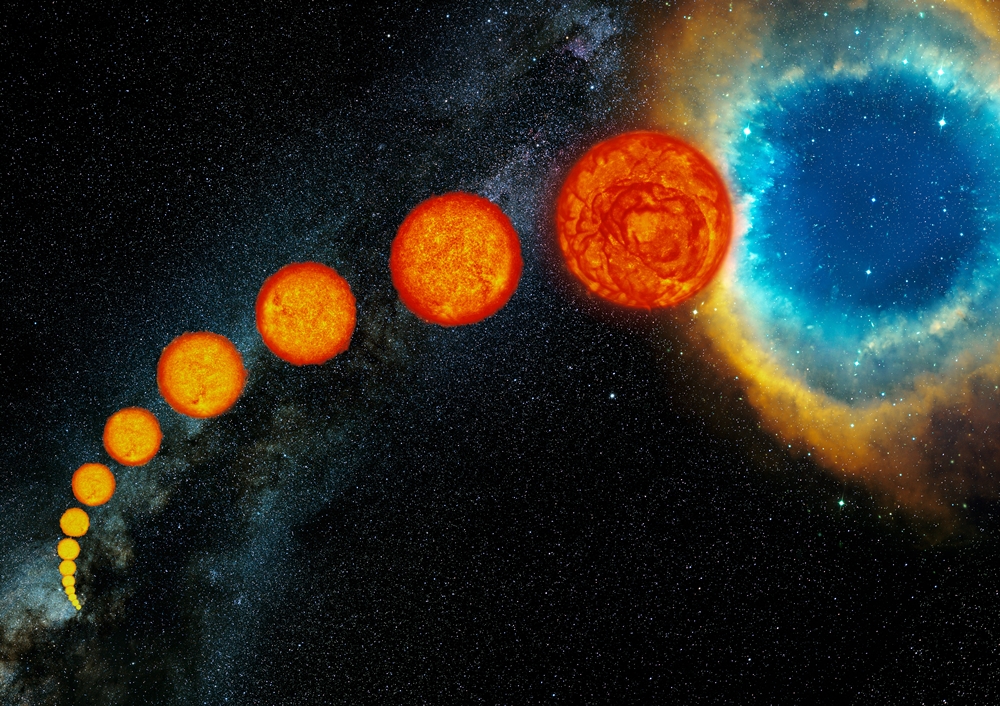A secondary mirror is a small mirror element in reflectors and catadioptric telescopes. It is used to bounce the light gathered by the primary mirror into an eyepiece and to extend the path of the light. By extending the light path, the final image is modified.
A secondary mirror is usually attached to the optical tube by a specially shaped construction, named “spider.”

In a catadioptric telescope, it can be mounted directly to a corrector plate.

Secondary mirror diameter
The size of the secondary mirror depends on the diameter of the primary mirror and focal length. Choosing the right size is very important:
- If the mirror is too big, it can block the incoming light;
- if too small, the light from the primary mirror will not be delivered into an eyepiece.
It is essential to find the right adjustment. To choose the optimal size of the secondary mirror, we need to know for what purpose the telescope will be used.
- A smaller secondary mirror is better for planetary observations where edge illumination isn’t significant.
- Larger mirrors are popular among “deep-sky” observers because they provide a vast field of view with greater illumination at the eyepiece.
A secondary mirror is located directly on the path where light enters the primary mirror. This means that, depending on mirror size, it causes more or less obstruction.
Secondary mirror obstruction by diameter
The secondary mirror and its brace cause obstruction. To calculate the obstruction by diameter, the values of the secondary mirror diameter and aperture must be known. The value of obstruction is given in percentage, and it varies from 15 % to more than 40 %, depending on the type of telescope.

Secondary mirror obstruction by area
To calculate the obstruction by area, the values of aperture area and secondary mirror area must be known.





I’ve spent half an hour looking through explanations of this topic. Yours is the best by far. I finally understand the trade-offs and measurements regarding secondary mirrors. Thank you, Maja, for explaining this so well.
The area of a circle is pie times the square or the radius, not the square of pie times the radius.
well spoted but i’m sure the parenthesis is in the wrong way by mistake
A complicated subject is made off many sinple subjects, well explained here